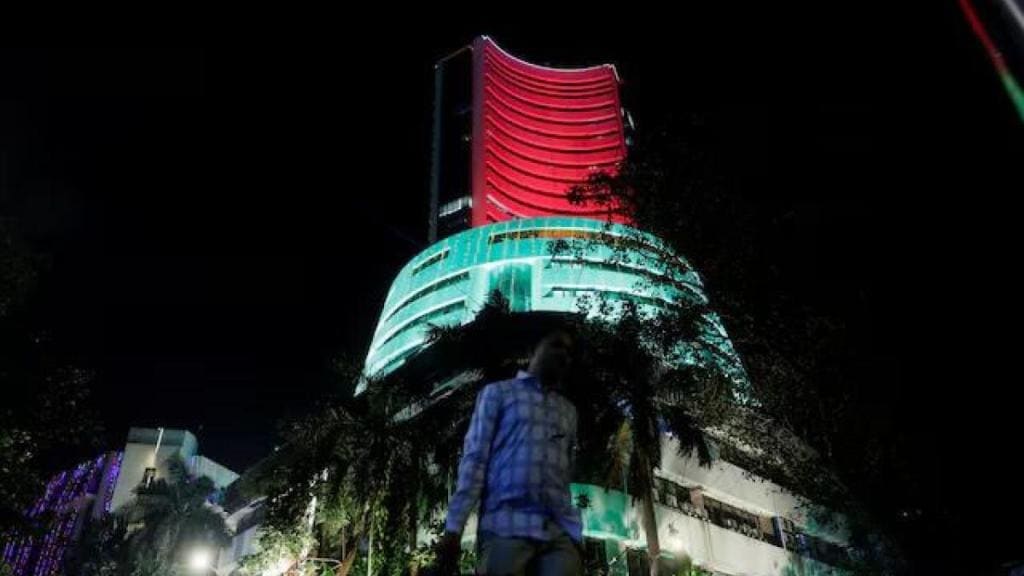It’s a raging bull market. The record rally in stock markets, with the Sensex crossing 80,000, has taken the market capitalisation to nearly Rs 450 trillion. Fuelled largely by local liquidity and, of late, by foreign fund buying, the spectacular surge in share prices, takes the ratio of the market capitalisation to GDP to about 1.3X, which some experts say is not in the over-valued zone. India’s economy is undoubtedly doing well, relative to the rest of the world, even if there are pockets of weakness, namely consumption. A nominal GDP growth of 11-12% should result in corporate earnings growing at least at the same pace; some may do better. No other economy is likely to see corporate profits growing so fast. At the same time, there is little to suggest, just yet, that the economy will gain significant momentum in the coming years. In fact there are signs of a slowdown in key sectors such as real estate and automobiles. Going by the poor sales of tractors, and the continuing negative growth in real rural wages, it is hard to believe a rural recovery is on the way. Also, given how rapidly technology is advancing, it doesn’t take too much time for a sector to get disrupted.
Given these concerns, it is hard to justify the current valuations. One could argue the Nifty is reasonably valued when viewed against historical valuations and bond yields — it now trades at 22 times on FY25 estimated earnings and close to 20 times estimated FY26 earnings. But a very large number of stocks now trade at multiples of 50x and 60x forward earnings that are building in unreal expectations; the multiples price in sustained earnings growth of 15-16% annually for the next 15 years. This doesn’t seem to be worrying small investors. Going by the continuing strong flows into systematic investment plans, now at about Rs 20,000 crore a month, retail investors are clearly convinced that the equity market is the best place to park their savings. They would be well advised to be prepared for a correction and wait for the returns.
The attraction for equities has pushed up the ratio of equities as a share of net household financial assets, to 14.7% in FY23 from just 4.5% in FY21; it could trend up further in the coming years, possibly at the cost of bank deposits. This is good news for companies that are mopping up funds from the market. 2024 could be a record year for equity fund raising. In a capital-scarce economy like India’s, the availability of equity capital can help businesses and reduce their dependence on debt. At the same time, investors should also note that promoters and private equity players are paring stakes.
By one analysis, a clutch of 37 promoters — from the universe of the top 500 companies — has sold shares worth Rs 87,000 crore in the six months to June. To be sure, not all of these may be tactical exits driven by promoters believing their businesses are over-valued. Some may be using the funds to repay loans or simply to raise cash for their operations. Nonetheless, it is a red flag. The rally could go on, driven by sentiment and liquidity. It’s time, though, to pay close attention to corporate profits and not to shrug off signs of a slowing down.


